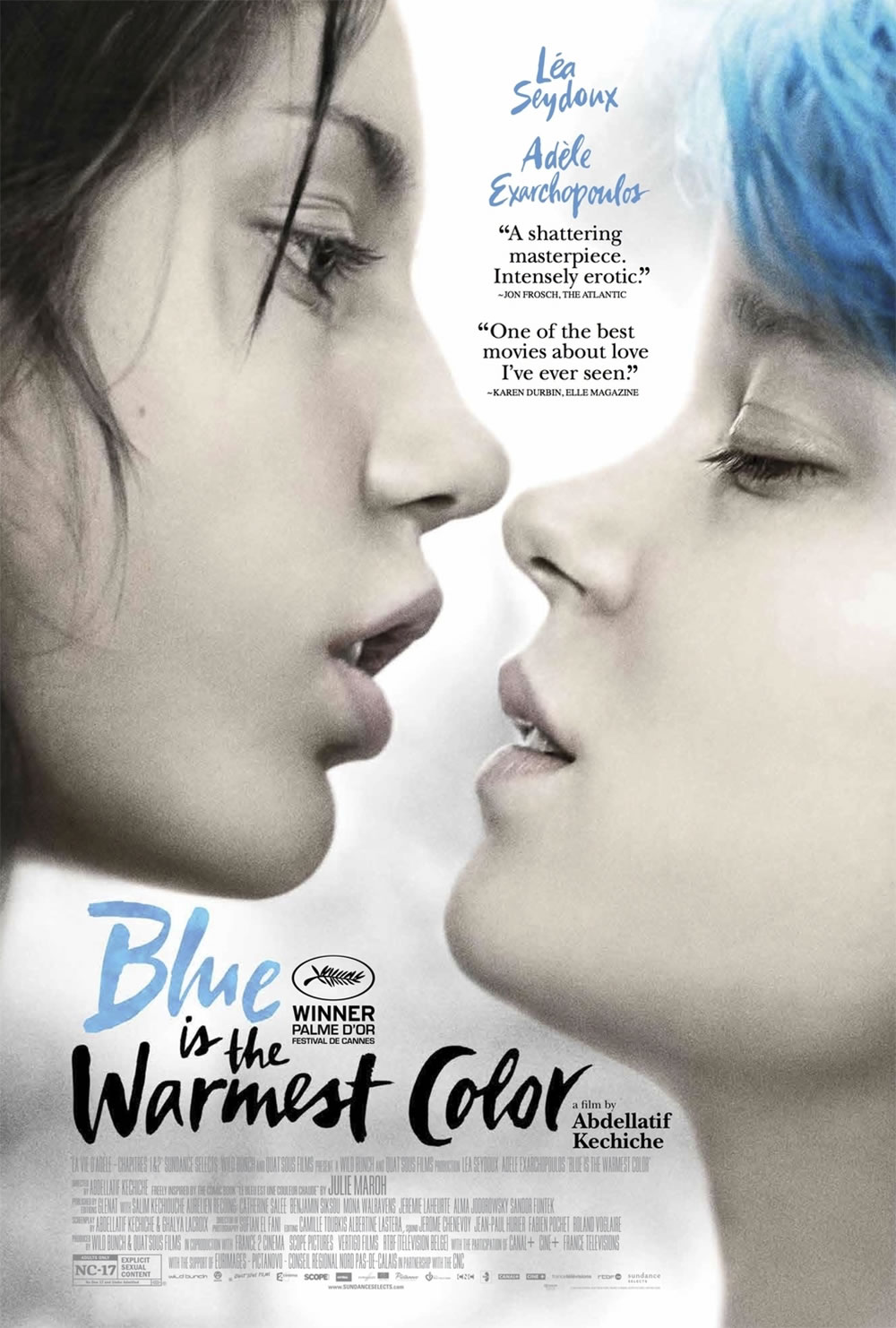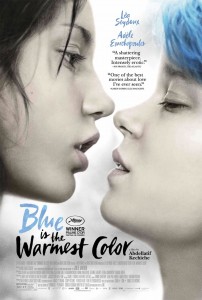In Review: Blue is the Warmest Colour


Abdellatif Kechiche’s latest film Blue is the Warmest Colour, which is currently playing at the Princess Cinema, has received high praise from critics and audiences alike, holding a 90 per cent on Rottentomatoes.com and even managing to win what is considered the top award for artistic films: the Palme d’Or from the Cannes Film Festival.
However, the film has attracted negative criticism for the way that its sex scenes are portrayed. As the story of a French teenager coming to terms with her identity over the years, sexual discovery plays a big part in her coming of age. Some female critics and LGBT activists claim that the way these scenes are portrayed is more for the sake of titillation than honesty.
The controversy almost seems like the dominating factor in discussion on the film, which is a shame because the film does many things right. Lead actresses Léa Seydoux and Adèle Exarchopoulos give very natural and believable performances, which is imperative to a coming-of-age story such as this. They have to carry the film on their own, and considering its gargantuan length of roughly three hours, the evident passion and emotional force in their roles is remarkable.
The film also uses time in a compelling way. Three hours, admittedly, is a tough sit but if the film were shorter then it may not have had the same impact. The film takes place over several years and many changes and progressions in the characters, and the long length really lends weight to this passage of time. Shortening the film would take away so much of its power and its ability to keep the viewer invested for so long is quite impressive.
The direction and cinematography is also very passionate, and it is clear that it is trying to create a sense of intimacy. Most of the shots are close-ups, and it is filmed in such a way to be inviting, colourful, and, appropriately enough, warm. But is this actually a good thing?
When films portray a romance in an overly passionate way, critics tend to be cynical about it. Most appreciate Blue for its romance, but there is something to be said about a film that is 90 per cent close-up. For the first little while it works, but is it necessary to be so close to the character’s face that we can clearly see the spaghetti in her mouth as she chews it?
If you thought the latest Les Miserablés was bad about trying to force intimacy through closeness, Blue matches it in terms of claustrophobia. The film’s content is interesting enough on its own and the way the film is framed feels like it is overcompensating for problems it does not have. Even in art films, it’s sometimes best to just let the content speak for itself.
The film may always be attached to its controversy, but the fact that it can divide people so much is notable in and of itself. I recommend seeing the film and making up your own mind because it is a well-told and compelling story of growing up and coming to terms with the changing self. The controversy may have cemented Blue’s place in queer cinema history, but we should not let it be its sole defining trait.

